Variegated monsteras with their lush green leaves and their intricate creamy white and yellow patterns have taken the gardening world by storm. Their elusive and striking aesthetics make them one of the most coveted house plants.
In this article, we’ll talk about everything you need to know about variegated monsteras, from the cause of variegation to their cost and care tips. We’ll also discuss some of the best types of variegated monsteras to help you choose your next houseplant.
What is variegation?
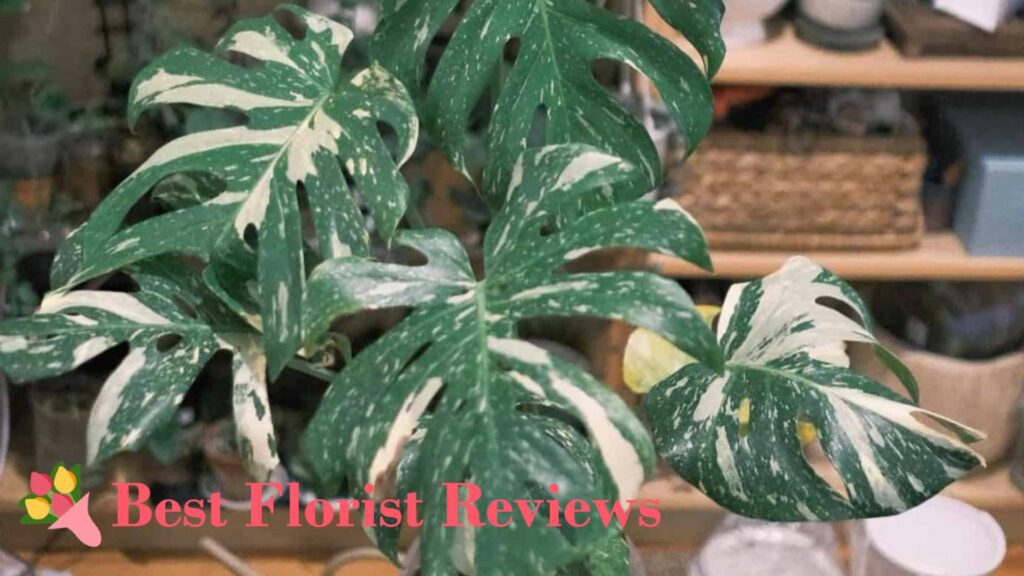

Variegation in plants refers to the occurrence of distinct color patterns, typically in the form of patches, stripes, or spots on the leaves, stems, flowers, or fruits of a plant.
The color variation in plants comes in different shades. It can be white, yellow, cream, or even pink, red, and purple.
Variegation of the foliage can also be two-toned and tri-colored. This depends on the cultivation, DNA, and level of cell mutation in the plant.
What causes variegation?
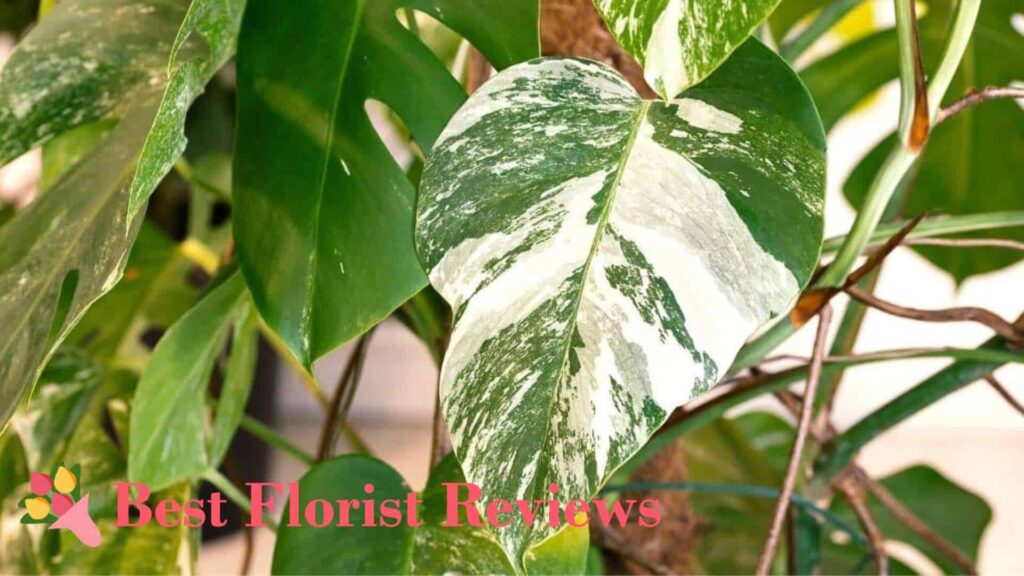

Some plants, like snake plants, have naturally variegated foliage due to their DNA. Some, like monsteras, experience variegation because of genetic mutation.
Genetic mutation in plants can happen naturally, but it’s mostly done in labs today due to the great interest in variegated plants.
Some mutations alter the normal chlorophyll production of plants, causing some areas to have reduced or no chlorophyll at all. This lack of chlorophyll can cause the affected areas to appear lighter or white while the remaining green areas appear normal.
The variegation in plants can be permanent or temporary, meaning the plant’s leaves can revert back to their solid green state. Environmental factors like light intensity, humidity, temperature, and nutrient availability affect how long variegation will stay.
How much does variegated monstera cost?


Variegated monstera is some of the most expensive house plants available right now. Their price can range from $100 to over $1500, depending on the size, maturity, variety, and location.
Cutting variegated monstera is usually the cheapest way to acquire one. Unrooted plant cuttings can cost anywhere between $100 and $400 while rooted plant cuttings can cost $350 to $700.
The price of mature and established variegated monstera, on the other hand, starts from $500 and can go as high as thousands of dollars.
Why are variegated monsteras so expensive?


The reason variegated monsteras are so expensive is limited supply and high demand. Unlike other plants that can grow from seeds, they can only be made through natural or lab-initiated genetic mutation, so they’re extremely rare.
They are also quite difficult to propagate and reproduce. They’re typically grown and propagated by professionals, so the labor and expertise contribute to the cost.
Moreover, the plant has been steadily gaining popularity in the past few years, so the market is a lot more competitive, driving the price higher.
Popular Types of Variegated Monstera
Monstera deliciosa ‘Thai Constellation’


Monstera deliciosa ‘Thai Constellation’ is a popular cultivar of Monstera deliciosa.
Most leaves of the plant are variegated, which distinguishes it from other variegated monsteras that usually have both variegated and non-variegated leaves. This and the fact that its variegation is stable make it one of the most sought-after variegated plants.
Its dark green leaves usually display creamy-white or yellowish splashes and speckles, resembling a constellation-filled sky. Some leaves may also have a marble-like pattern, giving the plant a more distinct appearance.
This is a high-maintenance plant, so ensure that you have enough knowledge of growing plants before purchasing one. This plant thrives best in areas with bright, indirect sunlight and a humidity level of above 80%.
Monstera deliciosa ‘Albo Borsigiana’
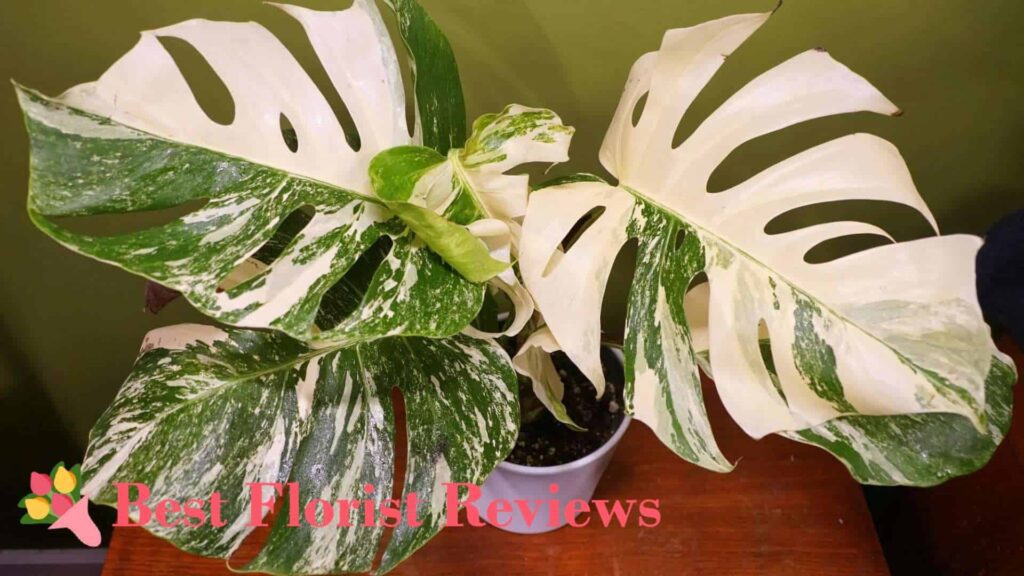

Albo Borsigiana is another sub-species of Monstera deliciosa that is characterized by smaller and more compact leaves. It has dark green foliage with white patches that add to its aesthetic appeal.
The variegation typically appears as large, irregular patches or sections of white on the leaves. Each plant can exhibit unique variegation patterns, making them highly desirable among plant enthusiasts.
The plant requires plenty of indirect sunlight due to the lack of chlorophyll in some parts of its leaves, so it’s best to place it near south or east-facing windows.
Just remember that, like most monsteras, this plant contains calcium oxalate crystals which can cause irritation when ingested.
Monstera deliciosa ‘Aurea’
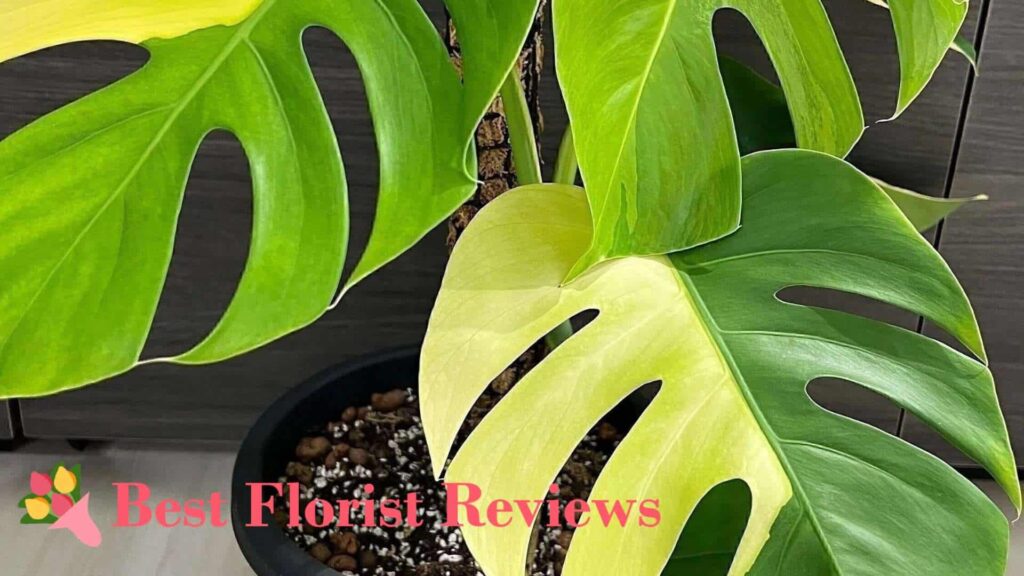

Monstera deliciosa ‘Aurea’ is a type of variegated monstera that has light green leaves with vibrant, golden-yellow discoloration.
The variegation in Aurea usually displays uniform, solid yellow coloring on certain parts of the leaves rather than several small patches and splashes that you’ll find in most variegated monsteras.
Aurea typically has lesser variegation compared to other subspecies of Monstera deliciosa. Some leaves also may contain no variegation at all.
Aurea is also a high-maintenance plant that requires a temperature of 18°C to 29°C and high humidity levels. Regular misting or a humidifier may be needed if you want your plant to be in the best condition.
Mint Monstera


Mint monstera is another sought-after type of variegated monstera because of its unique variegation and rarity. In fact, it’s one of the rarest types of variegated monsteras out there.
The plant is characterized by light mint green variegation, as opposed to the typical white, cream, and yellow color. This mint color creates a great contrast to the dark green base of the leaves, creating a unique monstera plant.
It’s a lot harder to find and possibly much more expensive than other plants. There are also a lot of cases where albo monsteras are labeled mint monstera, so it’s best to verify before purchasing.
Monstera deliciosa ‘Variegata’
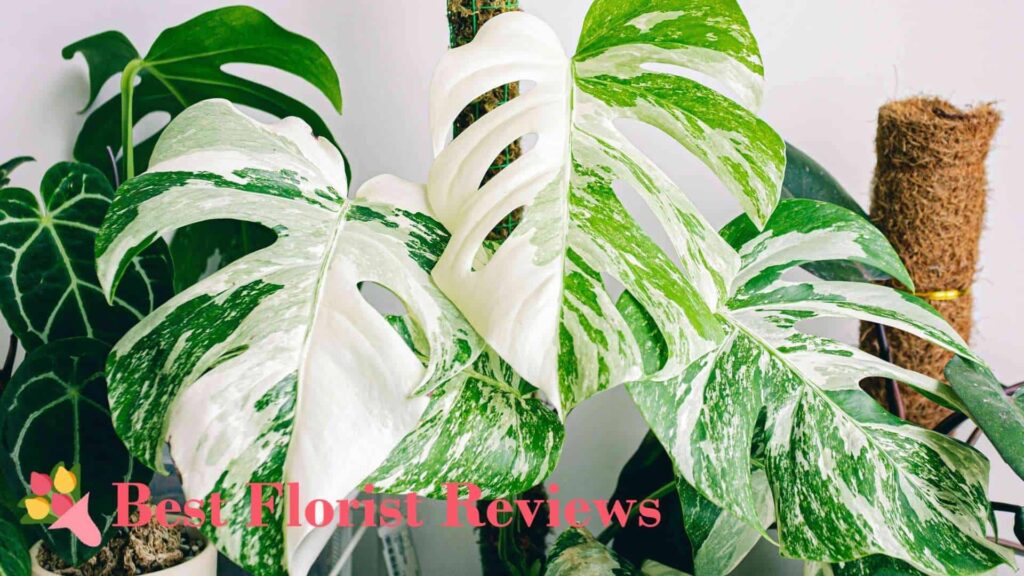

Monstera deliciosa ‘Variegata’ is among the few true and natural variegated plants out there. The genetic mutation that causes its variegation is not initiated in the labs, making it hard to predict when variegation will emerge.
The plant’s foliage is dark green with creamy-white variegation. The patterns of the variegation differ from plant to plant and can be just speckles and patches or more pronounced marbled patterns.
Growers of this plant typically plant thousands of Monstera deliciosas and wait for one that will have a genetic mutation. On average, only 1 out of the 6,000 plants will develop variegation, making it extremely rare.
Due to its rarity and unpredictability, the plant is rarely available in markets and is very expensive.
Variegated Monstera ‘Adansonii’
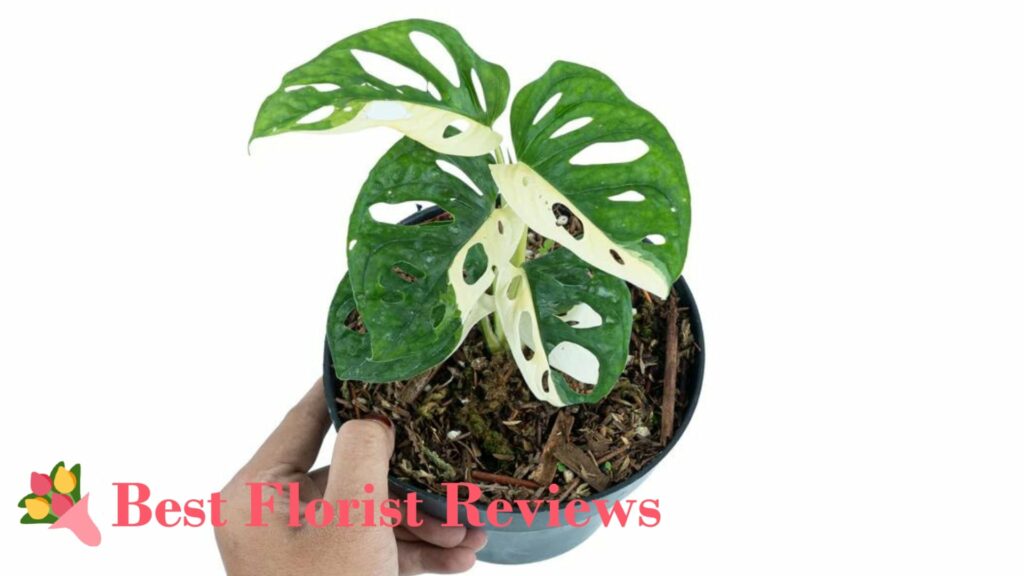

One of the most highly coveted variegated plants, the adansonii or Swiss cheese, is a monstera plant popular for the several holes in its leaves and its white or yellow variegation.
This plant is a slow grower and has some of the smallest leaves among monstera plants. It’s also a vining plant, so it looks better in hanging baskets rather than vases.
Adansonii plants can only be grown through propagation, so they’re extremely expensive. The most expensive monstera plant ever sold is actually an adansonii, which was sold for $38,000.
On average, though, you can expect to pay $1,500 or more for a single leaf cutting of adansonii.
Care Tips for Variegated Monstera
Place them near the brightest window in your home


Variegated monstera will need more light than normal monstera plants due to the lack of chlorophyll. Although they can survive in low light, they will gradually lose their variegation, which is what we don’t want to happen.
It’s best to place them near a south-facing window, as this usually gets the brightest light out of all the windows in the house. This will ensure that the plants will get their much-needed sunlight.
However, it’s advisable to put sheer curtains in the window where the plant is located. This is because variegated monsteras are extra sensitive to sunburn, and direct sunlight may do more harm than good.
Only water them when the top quarter of the soil is dry
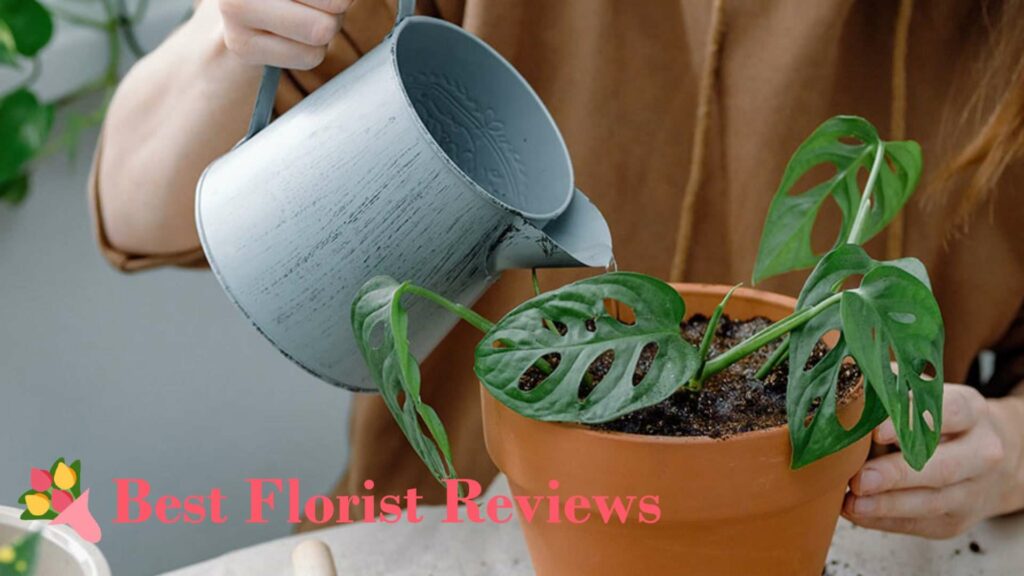

Variegated monsteras grow best in moist but not soaking-wet soil. Hence, you should only rewater them when the top quarter of the soil is dry.
Watering them when the soil is still visibly moist may lead to root rot. Fungi and bacteria may also start growing when the plant is overwatered.
They can tolerate a bit of drought, but if the drought continues for a long time, the monsteras might die. Keep monitoring them to ensure that they’re in the best growing condition.
Apply a general houseplant fertilizer once a month in late spring to early fall


Variegated monsteras are not heavy feeders, so you won’t need to feed them as much as other plants. Nonetheless, they still need to be fed general houseplant fertilizer once a month during their growing season.
Providing them with fertilizer ensures that they receive all the necessary nutrients they need for optimal growth.
Most fertilizers come with instructions, so you can just follow that. When the fertilizer provides a range rather than an exact measurement, it’s advisable to use the lower end of the range to avoid overconcentration.
Loosen the root ball when you repot the plant


As the monstera plant grows, its root also grows. It will soon need a bigger pot to accommodate its roots, so repotting is essential.
When you’re repotting your plant, slightly loosen the root ball to encourage the roots to grow into the new soil. You should also trim off roots that have discoloration to make sure that only the healthy roots will stay.
Provide support for your variegated monstera


Variegated plants, like the Monstera deliciosa, are vining plants that will continue to climb if provided with the right growing conditions. Providing a moss pole to your plant encourages upward growth and helps keep leaves healthy.



